Sarnath:
UnderstandEdit
Sarnath is famous as the site of the deer park where Gautama Buddha first taught the Dharma and also where the original Sangha was formed. Consequently, it is one of the 4 main Buddhist pilgrimage destinations.
Within the deer park complex is the large Dhamekha Stupa, constructed by the Emperor Ashoka in 249 BCE, and several other Buddhist structures that were added between the 3rd century BCE and the 11th century CE.
The town is relatively peaceful and green, and provides a welcome accommodation alternative to those wishing to visit Varanasi but not be immersed in it 24 hours a day.
Edit
By plane
Varanasi Airport (IATA: VNS) is 24 km from Sarnath and is the nearest airport.
By train
The nearest major station is Varanasi Cantt. (6 km), which is connected to most major cities in the country. Sarnath does have a small train station, but very few trains stop here.
By bus
Long distance buses usually arrive at the station across from the Varanasi Cantt train station, where you can transfer to a local bus to Sarnath, or take a taxi or rickshaw.
By taxi/rickshaw
The town is easily reached by taxi or auto rickshaw from Varanasi. If you're non-Indian and arriving in Varanasi by train, a taxi driver will probably descend on you before you leave your train platform. Make no commitment there! You can negotiate a better rate with an autorickshaw driver, outside the station. If you have tons of luggage though, go with the taxi -- it won't fit in the rickshaw. The route, though once somewhat rural, is now noisy, busy, and almost completely built up till you're on the road just outside Sarnath.
Edit
SeeEdit
- Dhamekh Stupa. Constructed by king Ashoka in 249 BCE to commemorate his pilgrimage to the Deer Park. It is believed that the stupa marks the exact spot where the Buddha taught the five ascetics the Four Noble Truths, his first teaching after attaining enlightenment. edit
- Chaukhandi Stupa. Constructed in the the 5th century, the stupa marks the spot where the Buddha met the five ascetics. The octagonal tower is of Islamic origin and a later addition. edit
- Mulagandhakuti Vihara. The ruins of the temple where the Buddha spent his first rainy season. edit
- Ashoka Pillar. Only the base remains. edit
- Sarnath Archeological Museum. A small, but impressive collection of artifacts excavated from the site. The sculptures are particularly of interest, including the Lion Capital of Ashoka- the national emblem of India. Remains closed on fridays. edit
- Sri Digamber Jain Temple. A Temple near Dhamekh Stupa. Accessible by main road that runs along Dhamekh Stupa. Learn about Digambara monasticism, a branch of Jain Dharma. edit
Thai Temple, Japanese Temple, Chinese Temple, Burma Mandir, Indonesia Temple are other attractions
- Jambu dvip srilanka budhist temple. (Near Radio station), (From rishipattan road to Ashoka road, right turn. after 50 m.). only srilanka temp
EatEdit
- Highway Inn Restaurant, Ashapur crossing (about 1km from the center). Recommended for tasty masala lovers and eaters. edit
- Holiday Inn, Main road (opposite Mahabodhi Temple entrance). 11.00-18.00. One of 2-3 restaurants in Sarnath. Good food and reasonable prices. Opening hours limited and closed for holidays, weddings, funerals ehSarnateep
Edit
- Rishipattan vihar paying guest house (In front of jambu dvip shrilanka buddhist temple), Near Radio Station & suhal Dev tringle,rishipattan@rediffmail.com. (On Ashoka road from suhaldev traingle first right turn and again right turn .), ☎ 919415448503. checkout: 12PM. very clean and big rooms hot water in bathroom ,good parking ,good staff. homely. single bed Rs. 500 double bed Rs. 750 extra bed Rs. 100.. edit
Budget
- Mahabodi Dharmshala Temple, Thai Temple and the Burmese Temple. All of these temples offer very cheap but spartan accommodation.
- Jain Paying Guest House. Cheap and spartan, but with great family hospitality. Rs 300 per night, possibility of eating breakfast and lunch with the family (and Buddhist guests passing by). edit
- UPSTDC Rahi Tourist Bungalow, ☎ +91 (0542) 2595969 (fax: +91 (0542) 259-5379). A government run establishment - drab and uninspiring, but conveniently located. edit
- Raj Shanti Guest House, Near Tibeti University(Way to Sarnath), ☎ +91 9454894409,+91 9616379586 (rajshantiguesthouse@gmail.com), [1].Cheap and spartan, but with great family hospitality. Rs 500 per night, possibility of eating breakfast and lunch with the family (and Buddhist guests passing by). edit
Mid range
- The Golden Buddha Hotel, Sarangnath Colony, ☎+91-993-503-9368. Probably the best hotel in town. Offers such facilities as Ayurvedic massage, a restaurant serving fresh Indian dishes, a peaceful lawn, and outdoor hot tub. Special rates for backpacking groups. Its walking distance from the main temple. The hotel can arrange a taxi to pick you up from the train station or airport. Rs 400 -1200. edit
RespectEdit
In the vicinity of sacred sites:
- Wear clothing that expresses respect for the sacred nature of the site.
- Circumambulate the stupa and other sacred objects in a clock-wise direction.
- Preserve the peace and tranquility.
- Do not climb onto statues or other sacred objects.
Now Showing: States of India / Uttar Pradesh / Sarnath [Viewed 32031 times]
- [To contribute photos to the site]By Sanjeev Nayyar [esamskriti@suryaconsulting.net][Post a Comment]

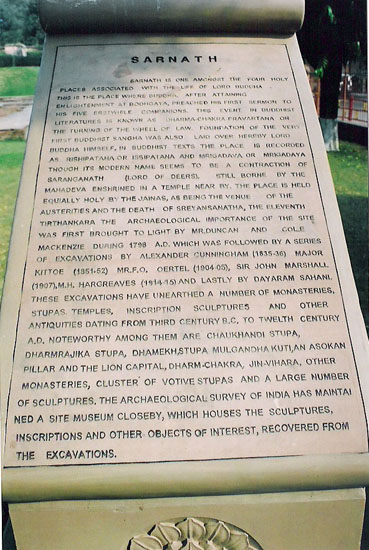
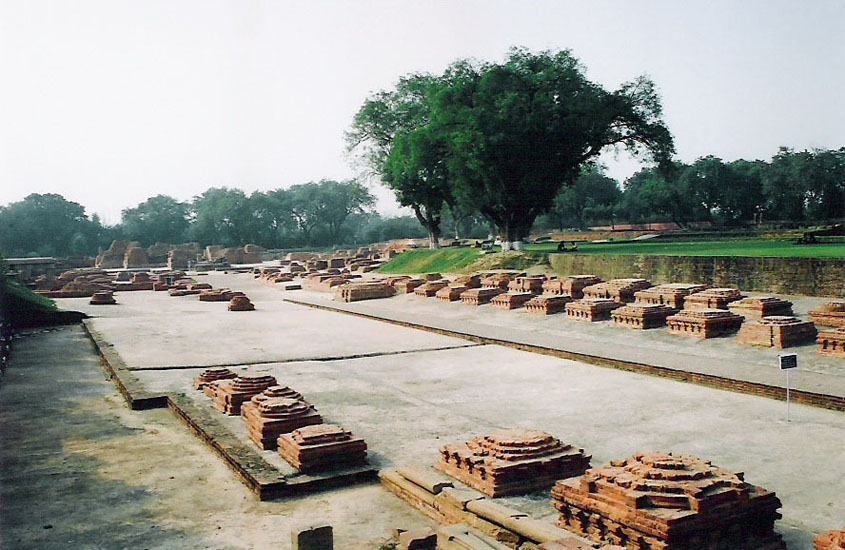
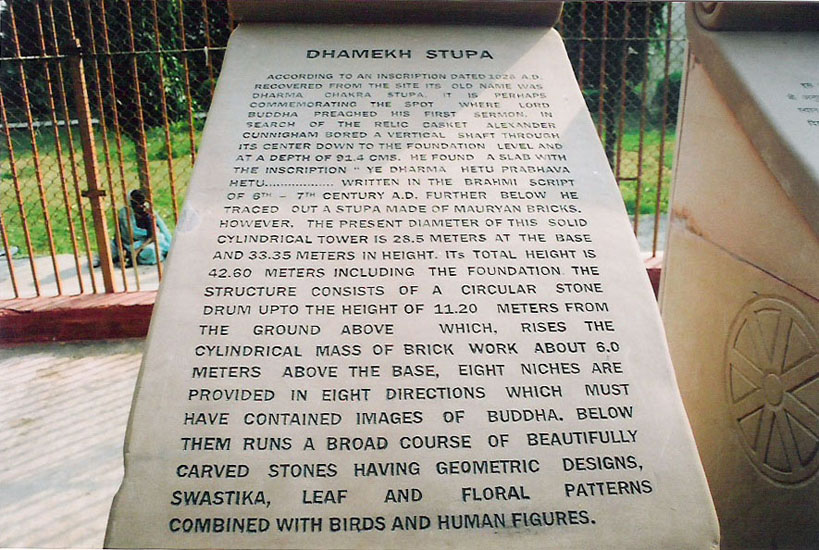
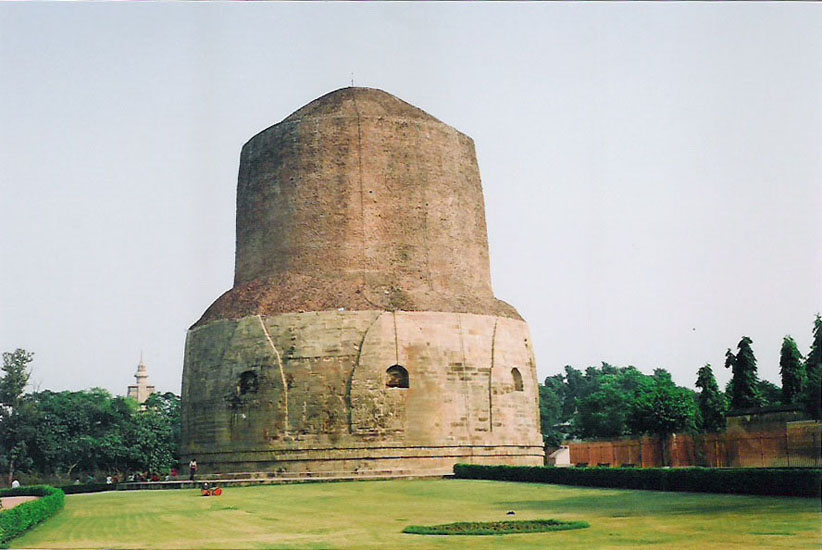
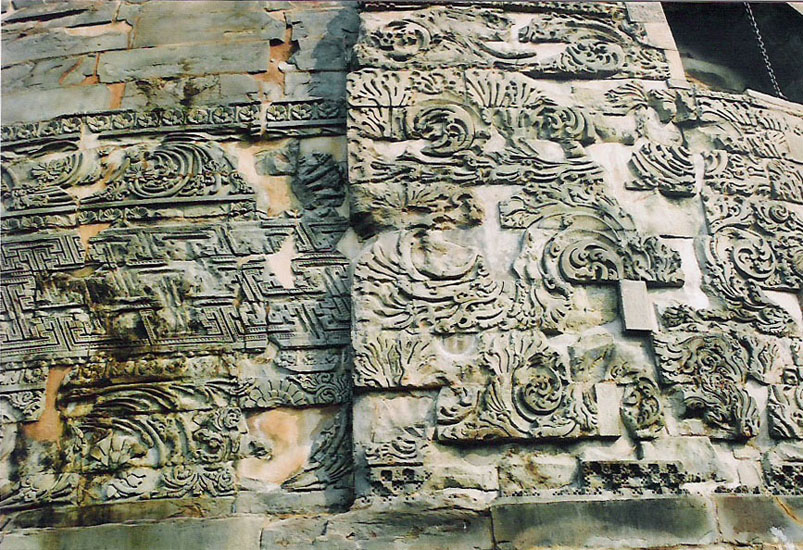
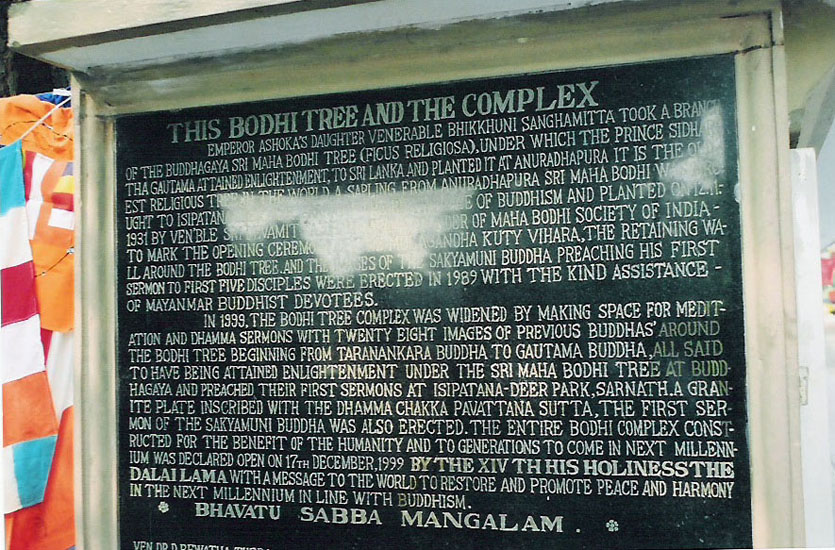
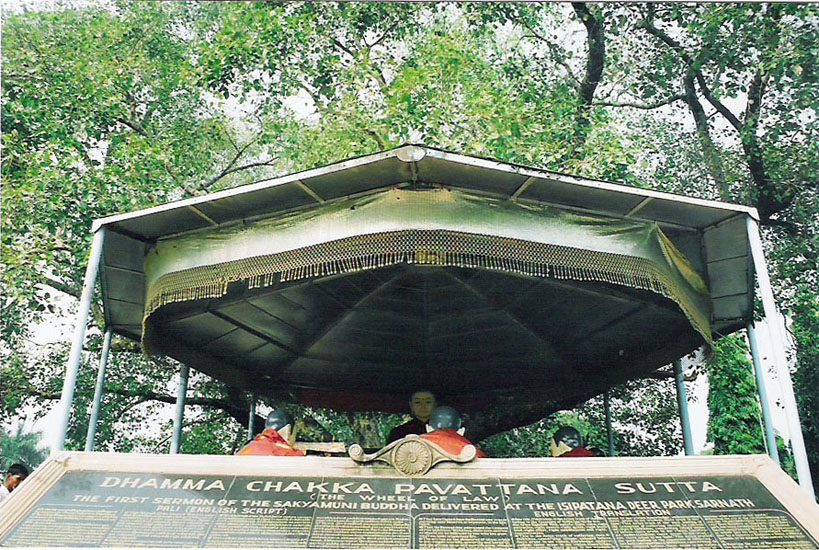
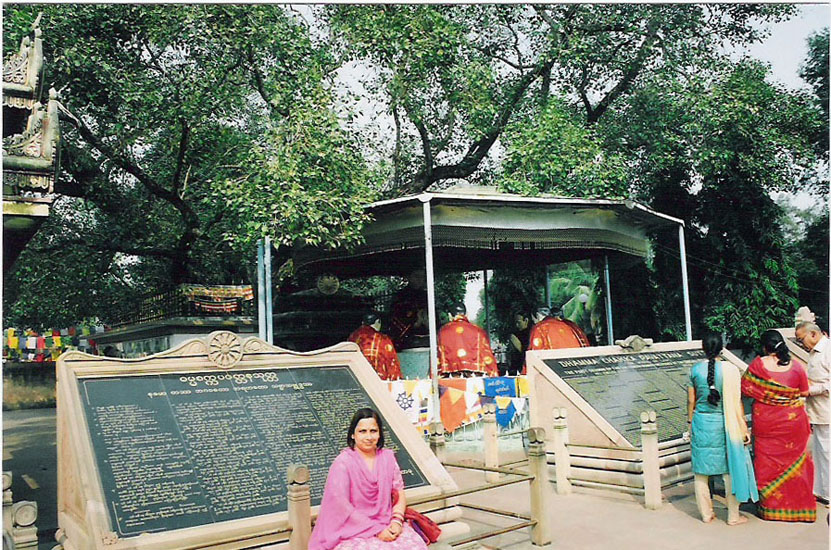
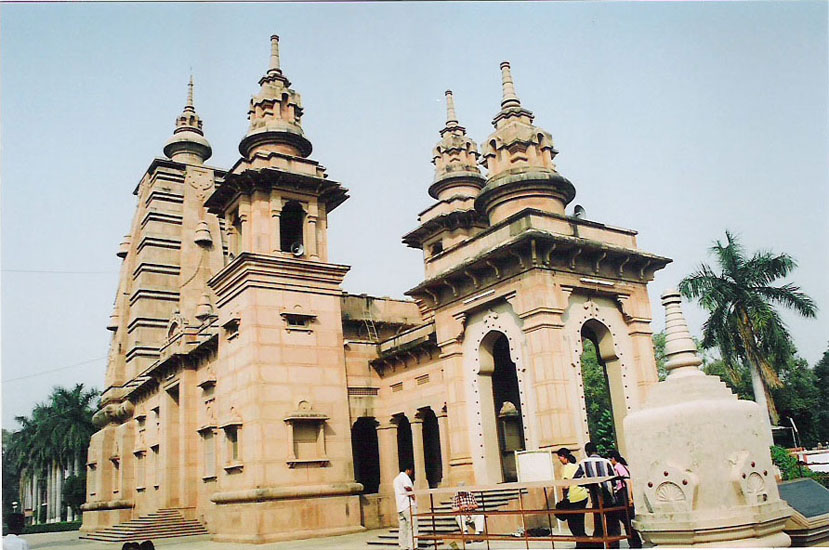
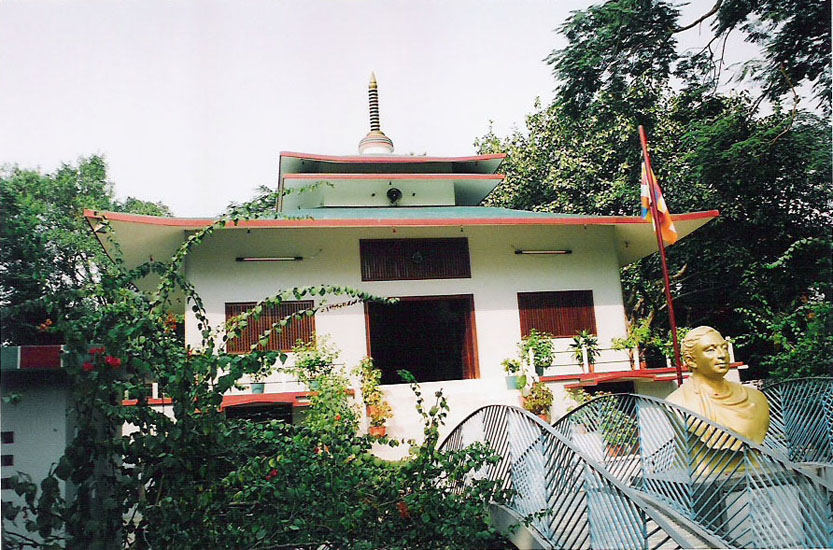
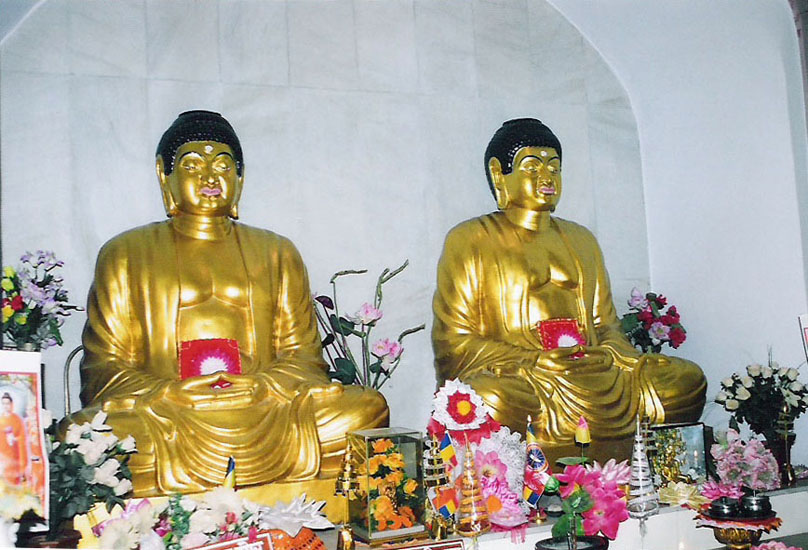
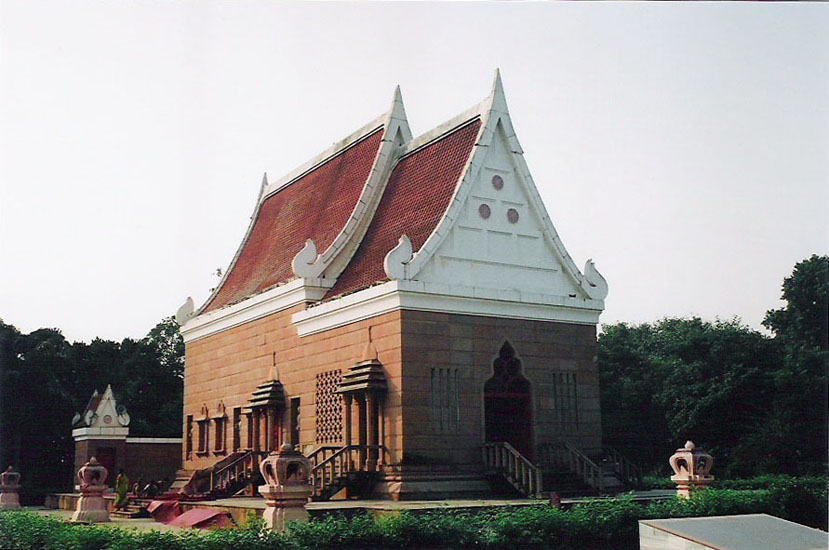
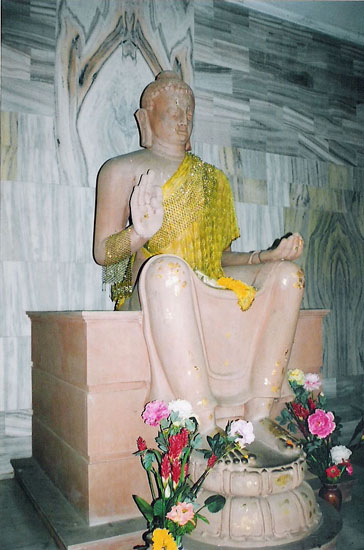
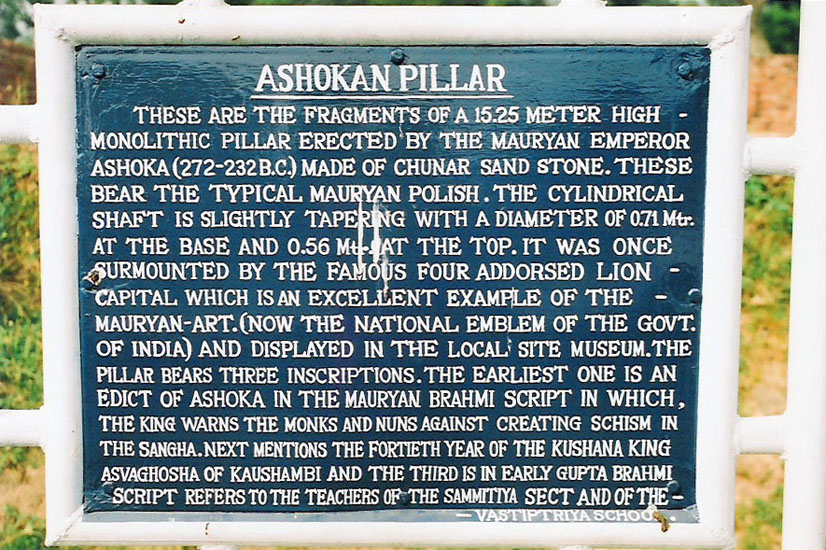
No comments:
Post a Comment